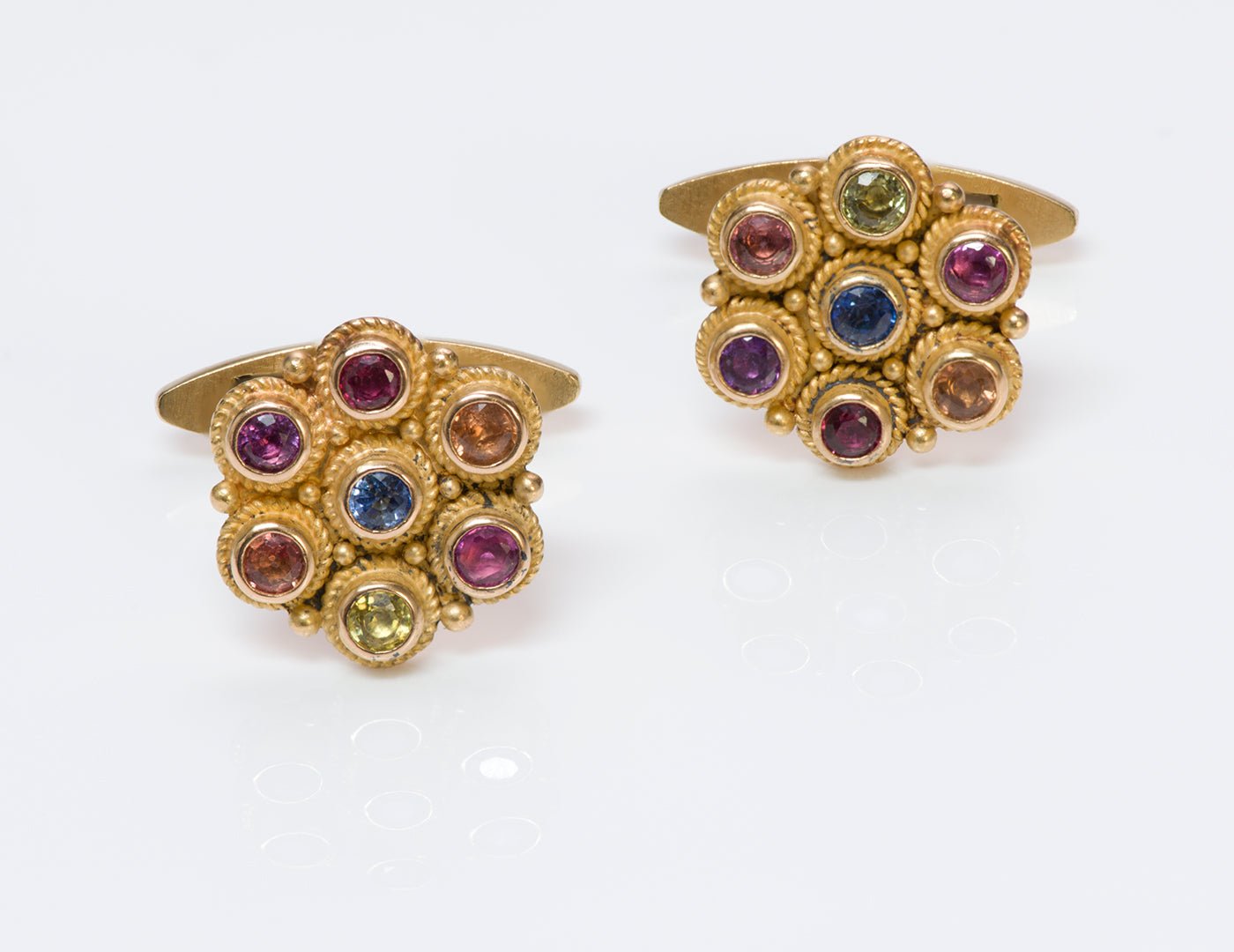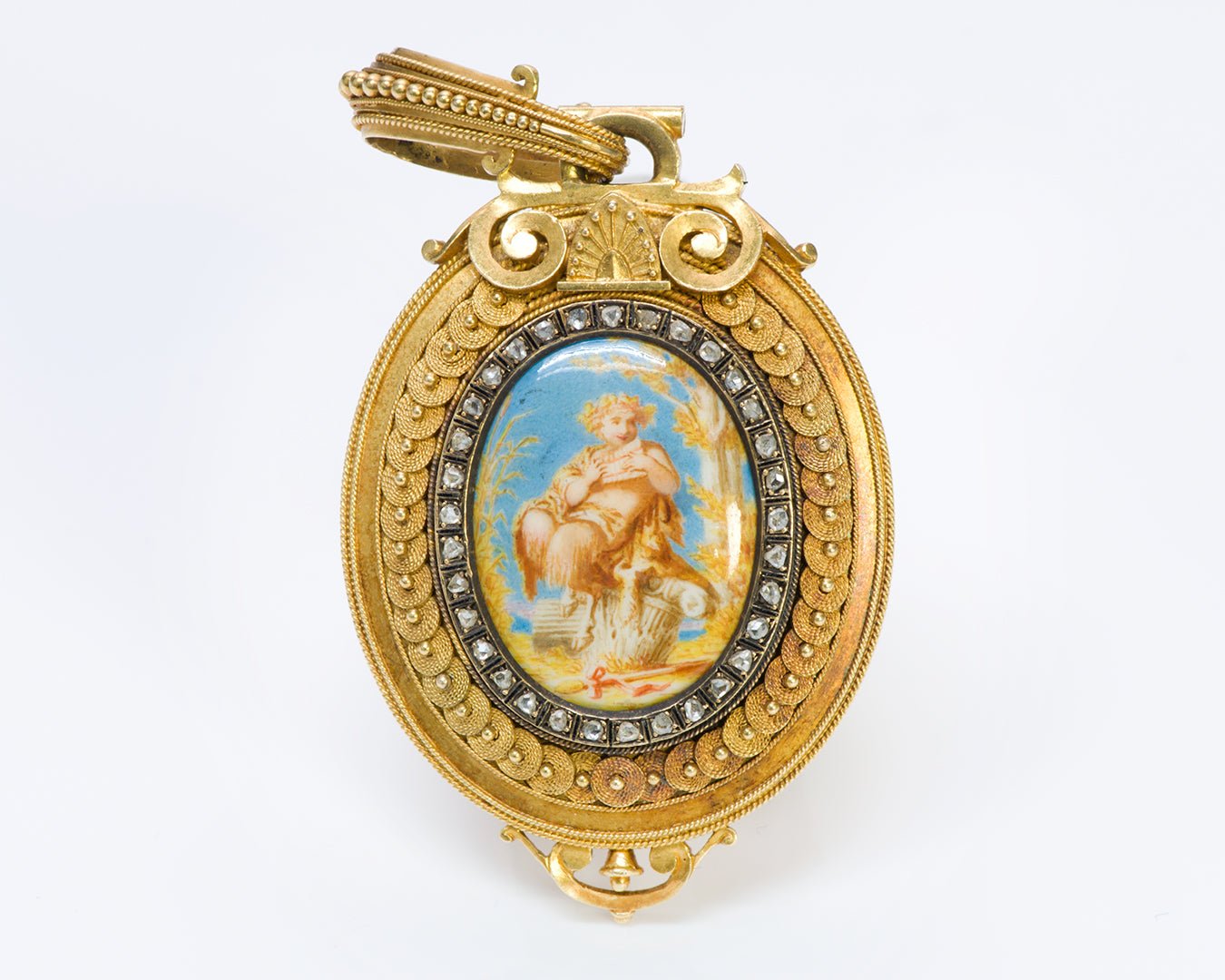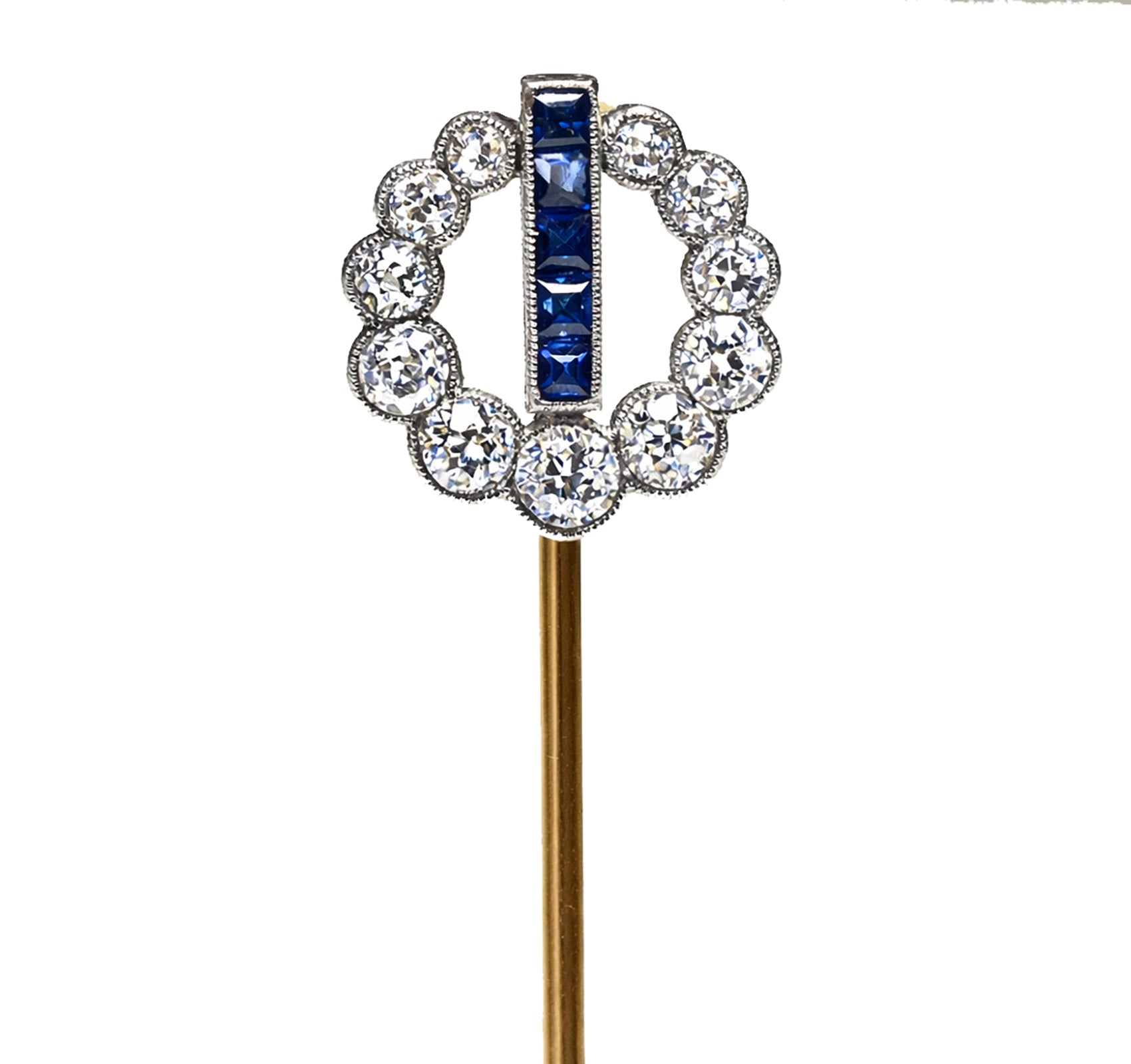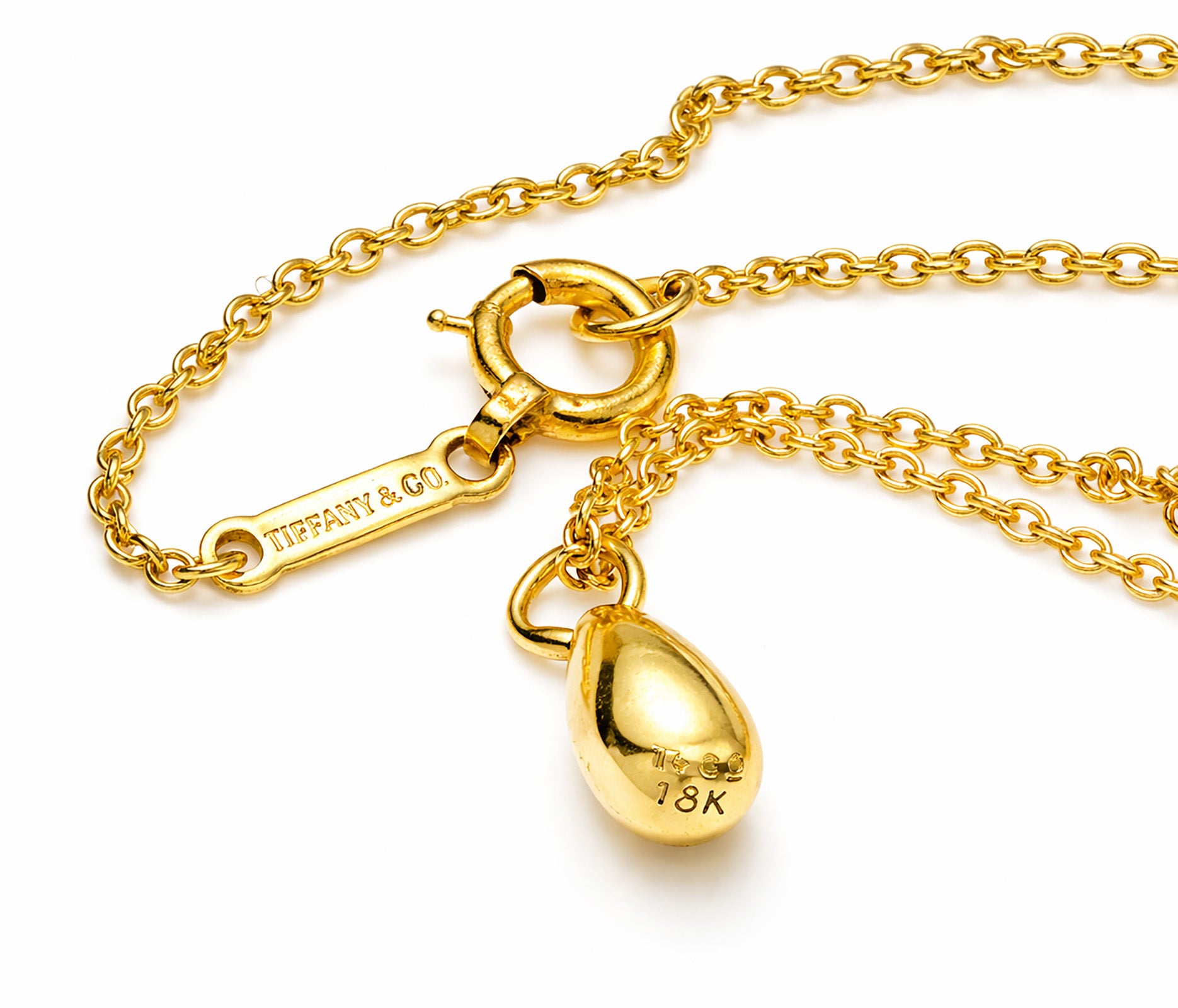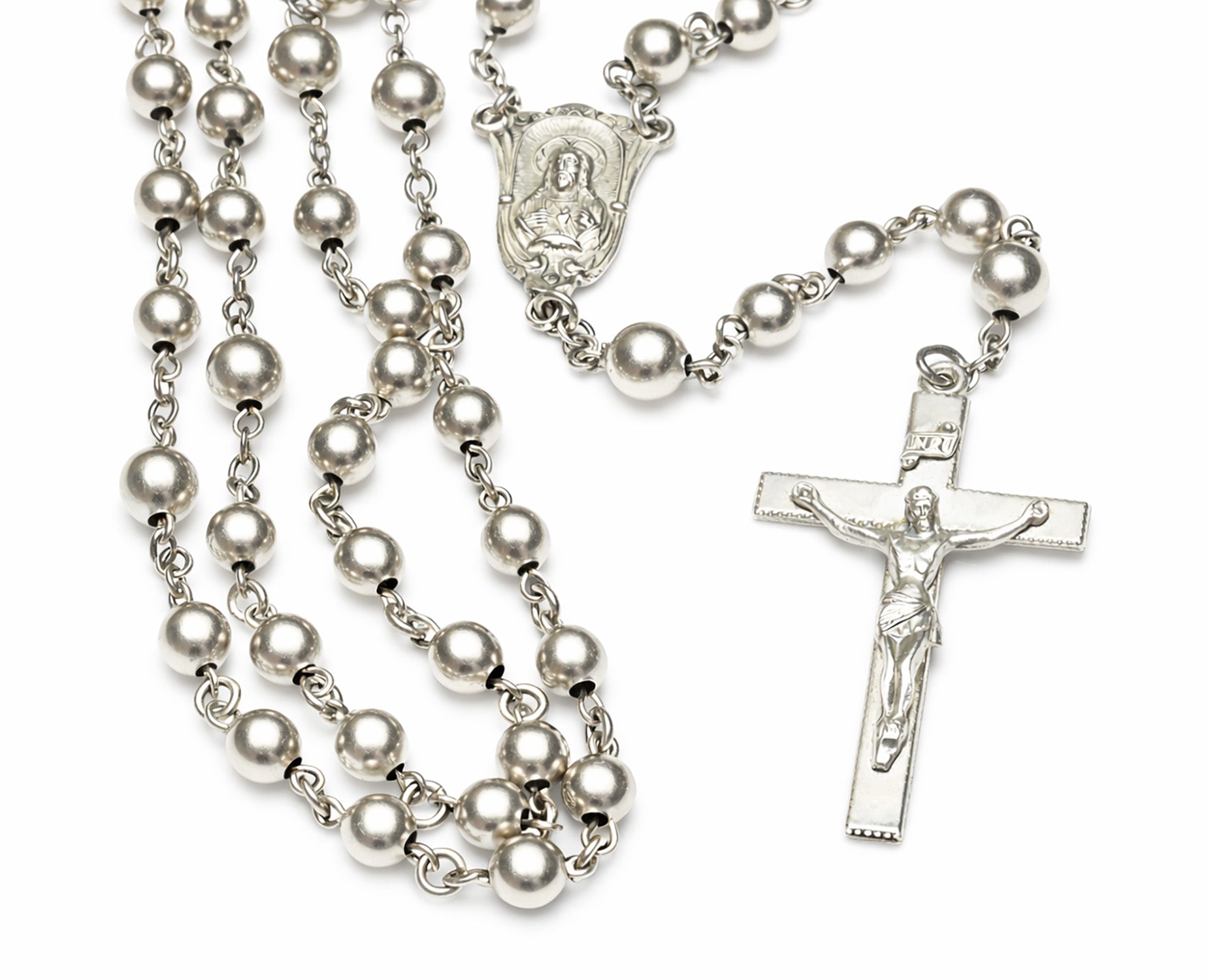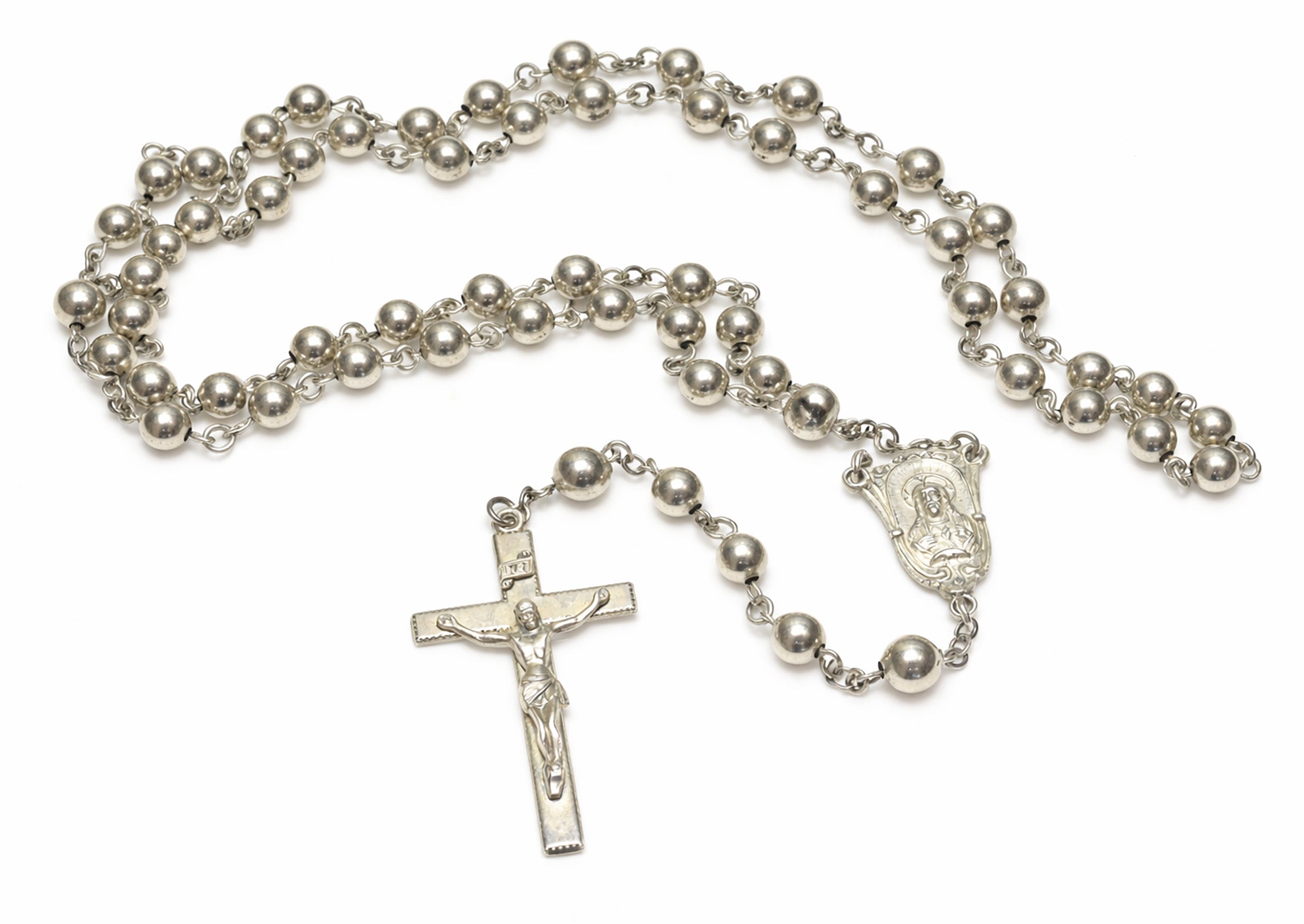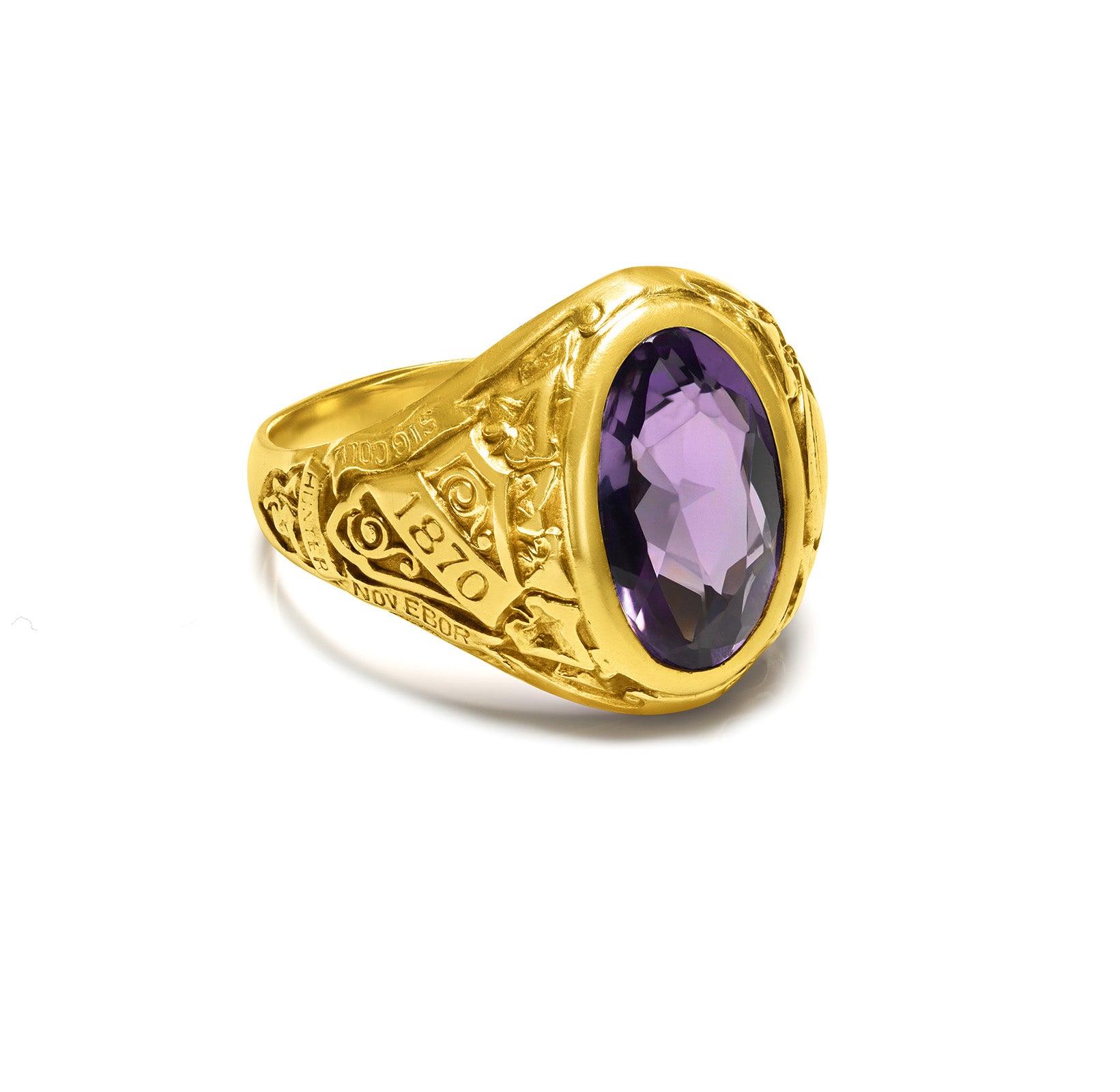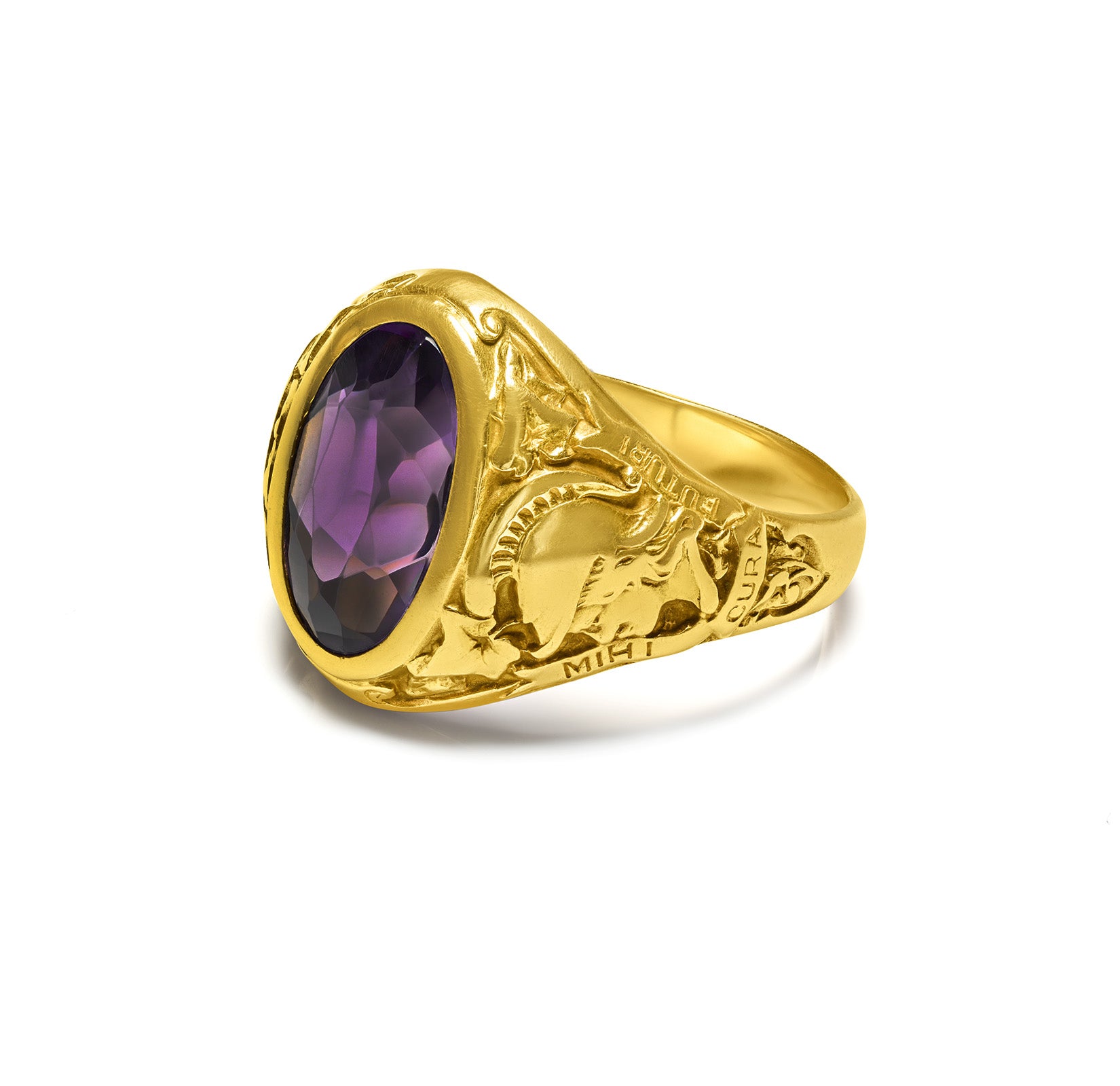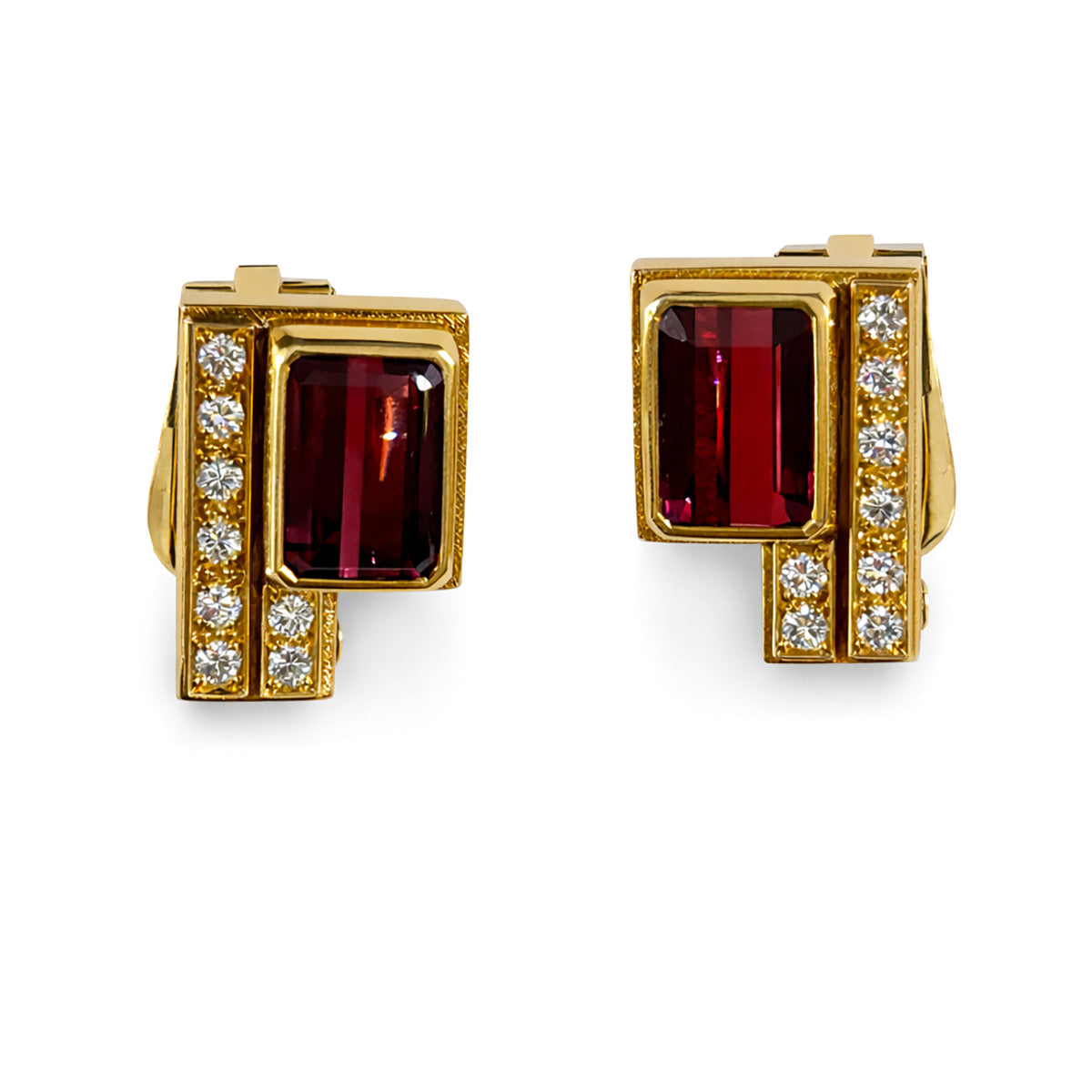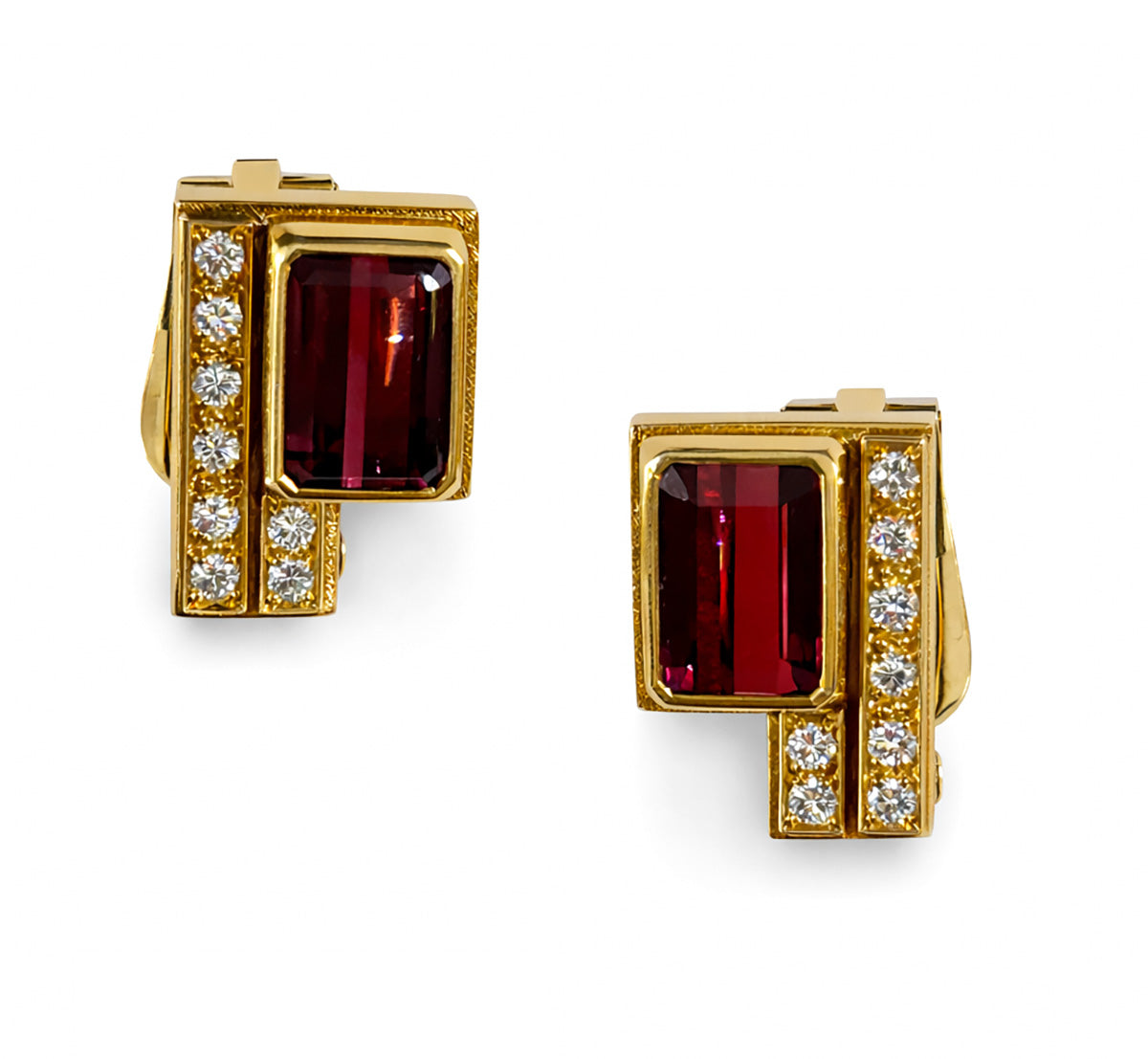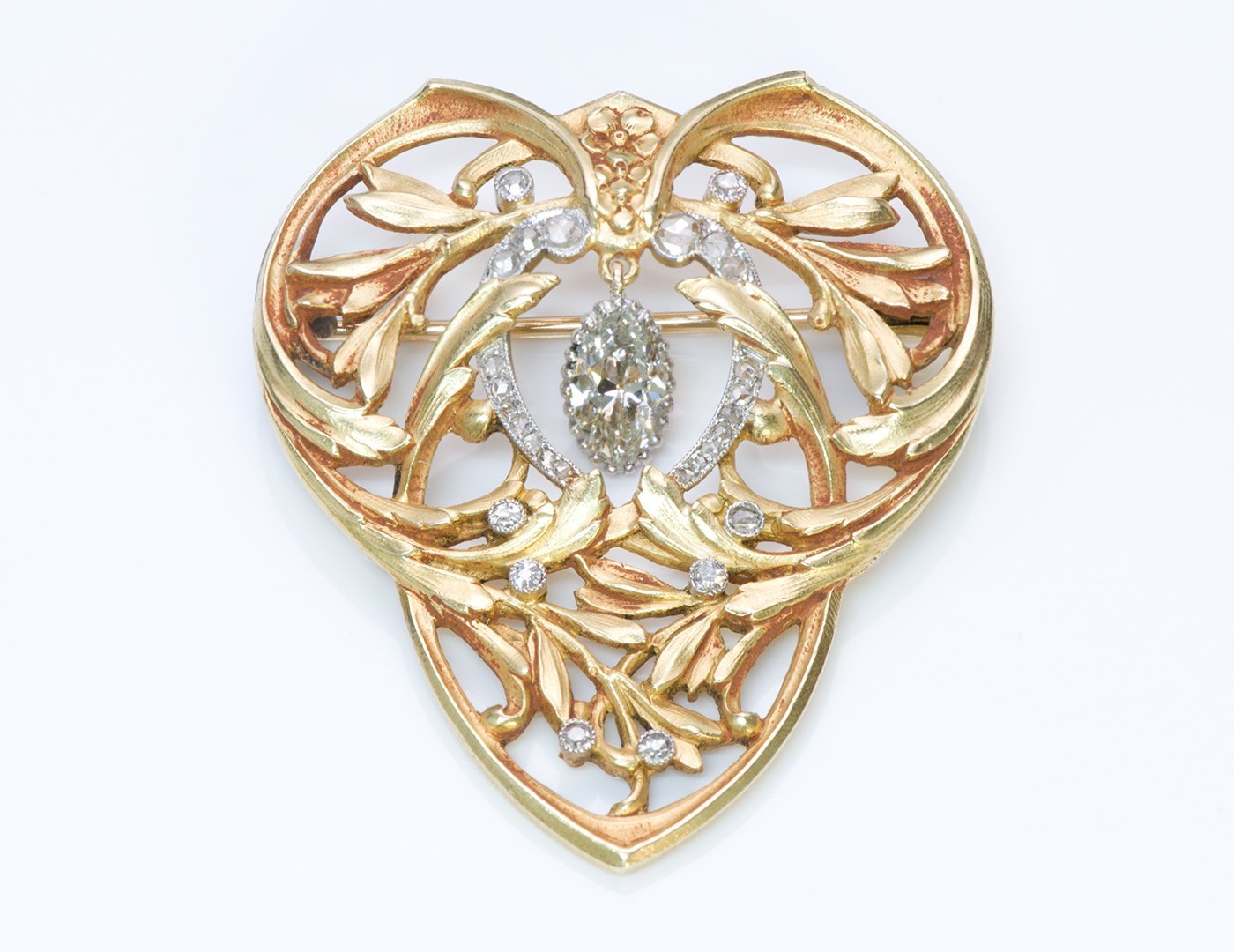
Art Nouveau: Unique Perspective On Expression of Beauty
Art Nouveau Jewelry
While the term “Art Nouveau” might not immediately ring a bell, we promise you’ve seen numerous examples of this style in jewelry, architecture, interior design, stained glass windows, furniture, in the decoration of objects we use every day, and oh-so-sought-after Tiffany lamps. It’s only that Art Nouveau goes under various different names. For example in Italy, it's known as “Stile Liberty”, in the northern part of Spain as “Modernisme”, or simply Modern Style in Britain, Australia and New Zealand. The style grew in popularity starting mid 1800s, enjoying about two decades of it’s peak at the turn of the XIX century.
Art Nouveau’s Source Of Inspiration
If you look at several examples of architects or jewelry designers who work in this style you will notice an abundance of distinctly complicated curves that might remind you of exotic tree twigs. That’s because plants and flowers served as a major inspiration source to the forms Art Nouveau artists adopted.
Another two of Art Nouveau’s most notable features are: 1) Asymmetrical placements, and 2) The use of then-new materials. Asymmetry was believed to bring a sense of movement into large sized projects and added an attention-grabbing factor in jewelry design. The use of new materials, like iron, glass, and ceramics were included in the designs of that period. You can say that the flowery designs “bloomed” in all their beauty on necklaces, rings, bracelets, and brooches created by René Jules Lalique, Louis Comfort Tiffany, Charles Robert Ashbee, and other notable Art Nouveau artists of that time.
The Historic Role Art Nouveau Played
Art Nouveau, just like many other art movements in the history of art, certainly left a blueprint in the history of jewelry design as well. Artists who favored Art Nouveau over Realism, and then-prevalent teaching of the French des Beaux-Arts and subsequent Romanticism, aimed at breaking down the conventionally understood distinctions between Fine Arts and what Art Nouveau artists referred to as “Applied Arts”. Art Nouveau artists argued that Fine Arts were something to be inspired by but necessarily easily accessible, while “Applied Arts” was the decoration of objects that have practical and everyday use. 
The works of Art Nouveau in the art of jewelry making reached its absolute peak in the 1900s with the public introduction of the creations of Louise Tiffany, the son of Charles Lewis Tiffany, founder of Tiffany and Co. By that time Louise was a very influential figure in the world of art and interior design, having completed work on the Mark Twain House in Connecticut, and the widely publicized White House redecoration, commissioned by President Chester Alan Arthur two decades prior.
Art Nouveau Jewelry Pieces Are Rare Finds
From around 1910, Art Deco, and then Modernism, took the center stage, replacing the romantic elegance of Art Nouveau in every aspect of design, from architecture and interior design, to consequently, jewelry design. 
Because Art Nouveau had a relatively short lifespan, the distinct Art Nouveau jewelry pieces, be it rings, bracelets, brooches or necklaces, are very rare and not easy to come by today. Only a few select reputable antique jewelry dealers might be able to offer authentic Art Nouveau pieces to purchase. The floral elegance of these jewelry pieces and the rarity of these pieces certainly make it a perfect gift for that special someone or as a statement piece to spruce up your everyday style.


